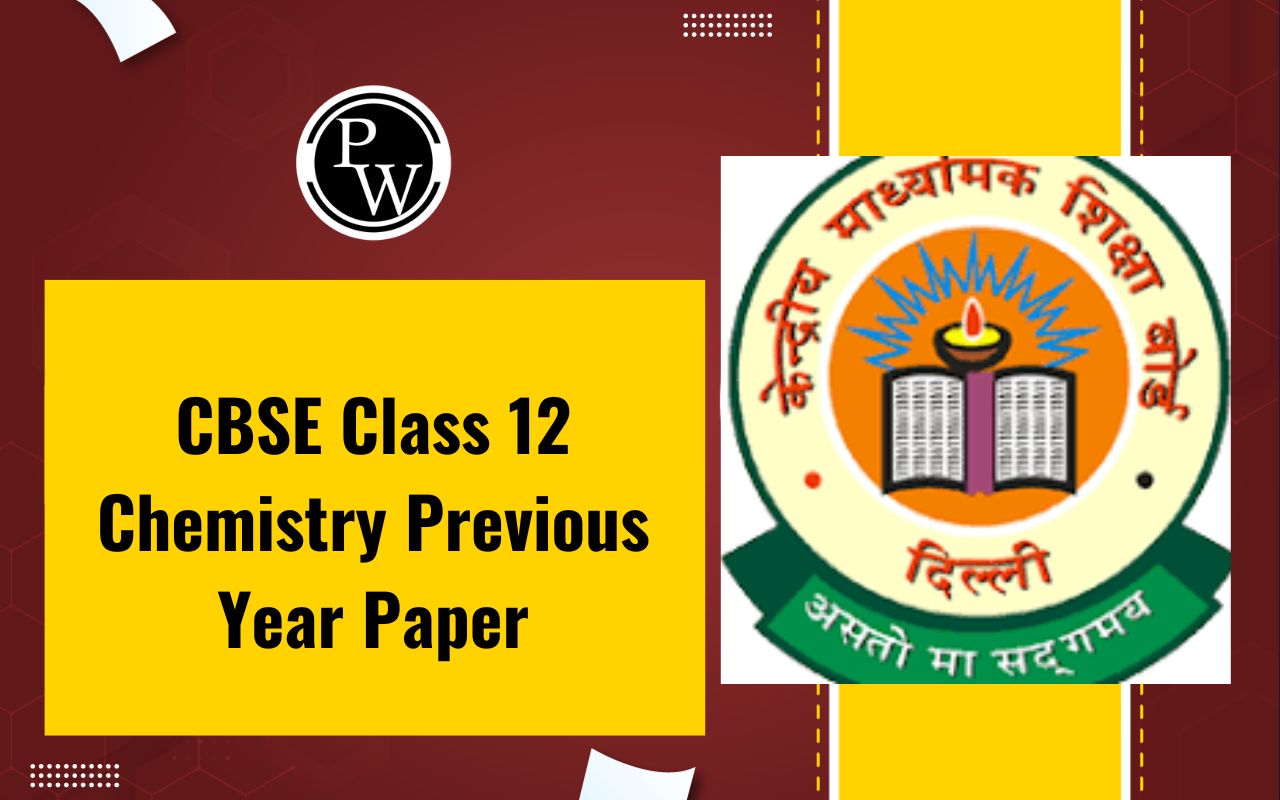
If you are looking for Female Hormones, you have come to the right place!
The topic “Female Hormones” will be covered in this article. The female sex hormones control the female reproductive system and sexual behaviour. They play a role in female reproductive processes such as menarche, the menstrual cycle, the emergence of secondary sexual traits, pregnancy, parturition, and lactation. Let's find out more about how hormones regulate the female reproductive system. This article will discuss the hormones, types of female hormones and the role of female hormones in puberty.Introduction
The physical traits of a woman's body are governed by female hormones. As said, there are two forms of female hormones: progestin and oestrogen. Estradiol is the most significant of the first, and progesterone is the most important of the second. In the so-called ovaries, organised into cells with follicles and mature eggs, cholesterol is converted into female hormones. The placenta serves the purpose of shielding the uterus during pregnancy. Since the adrenal glands, for instance, secrete these hormones, even in small amounts, men also have access to them. It is necessary to stimulate the pituitary ovaries with two more substances, the gonadotropes, to produce hormones (FSH and LH). For these hormones to be released, the pituitary is stimulated once more to release another hormone (nervous system).What are Hormones?
In multicellular animals, hormones, a subclass of signalling molecules, are transported from distant organs to regulate physiology and behaviour. The proper development of fungi, plants, and animals depends on hormones. Because a hormone has such a broad meaning, many different molecules can be categorised as hormones. Hormones include eicosanoids (like prostaglandins and thromboxanes), steroids (like oestrogen and brassinosteroid), amino acid derivatives (like epinephrine and auxin), proteins or peptides (like insulin and CLE peptides), gases, and others (e.g. ethylene and nitric oxide). Organs and tissues communicate with one another using hormones. Hormones regulate several physiological and behavioural functions in vertebrates, including digestion, metabolism, respiration, sensory perception, sleep, excretion, breastfeeding, stress induction, growth and development, locomotion, reproduction, and mood alteration. Hormones regulate nearly every aspect of plant development, from germination to senescence.Types of Female Hormones
Estrogen
The "feminine" hormone most people are familiar with is estradiol. However, oestrogens come in a wide variety of forms. Estriol, also known as E3, is created during pregnancy, while estrone, also known as E1, is post-menopausal oestrogen. Estradiol, or E2, is active during puberty and the reproductive years. The ovaries in women create most of the hormone oestrogen (although the adrenal glands and fat cells also make some). It promotes sexual maturation and guarantees that the uterine lining thickens appropriately before ovulation. According to the Society for Endocrinology, getting pregnant affects the placenta, breast tissue, and foetus growth.Progesterone
Progesterone is made in the ovaries, and adrenal tissue, much like oestrogen is. The second half of the cycle is when the progesterone hormone works. It produces the uterine lining in preparation for the implantation of the eggs after ovulation. After menopause, progesterone production in women starts to diminish, according to specialists. Low progesterone levels can lead to weight gain, depression, mood swings, irritability, osteoporosis, and other joint pains. Oestrogen dominance is when oestrogen replaces progesterone as the primary sex hormone. The most significant progestogen in the body is progesterone. The ensuing effects on ribosomal transcription play a significant role in regulating female reproduction because they are a strong nuclear progesterone receptor (nPR) agonist. Additionally, progesterone is an agonist of the more recently identified membrane progesterone receptors (mPRs), whose expression regulates the function of the reproductive system (oocyte maturation, labour, and sperm motility), as well as cancer. However, more research is needed to clarify the roles of these receptors in these processes.Testosterone
Although testosterone is often thought of as a masculine hormone, some testosterone is also created in women, much like some oestrogen is in men. DHEA and DHEA-S work together to create the hormone testosterone. Another type of steroid hormone generated in the adrenal glands is DHEA or dehydroepiandrosterone. Although to a lesser extent, testosterone serves the same purposes in women as it does in men. It boosts a woman's libido, energy level, and sexual receptivity to stimulation in addition to her bone density and libido. Studies and surveys show that women with higher testosterone levels are more inclined to choose a career with greater risks, particularly financial hazards.Human Chorionic Gonadotrophin (HcG)
HcG is only found in pregnant women. The hormone picked up by most at-home pregnancy tests and produced by the tissues will eventually develop into the placenta. According to the Endocrine Society, these over-the-counter tests can detect HcG as early as one week after fertilising an egg. Until the eighth to tenth week of pregnancy, when they start to fall gradually, HcG levels grow gradually, according to Dr Wu. According to the Cleveland Clinic, males produce HcG in very minute amounts and help create sperm and testosterone. There are numerous endogenous hCG variations. These various measurements are used to diagnose pregnancy and several different illness situations. Both conventional medicine and quackery have employed therapeutic uses for hCG preparations from various sources. The selling of "homoeopathic" and over-the-counter hCG diet products has been outlawed by the US Food and Drug Administration as of December 6, 2011, and they have been branded false and illegal.Follicle Stimulating Hormone (FSH)
FSH is in charge of women's monthly ovulation. According to the Society for Endocrinology, it aids in stimulating sperm production in men. According to Dr Kudesia, FSH levels are often low in younger women and increase as they age since it requires more energy to stimulate fewer eggs. It's impossible to predict with any degree of certainty your FSH levels at any particular age or your likelihood of becoming pregnant at any given time. A high FSH level may indicate early ovarian failure. The Mayo Clinic states that ovarian failure happens before age 40 when ovaries cease producing oestrogen and releasing eggs regularly.Female Hormone Imbalance
A hormonal imbalance results when a hormone is produced too much or too little in the bloodstream. Hormones perform important roles in the body, and even little anomalies can have negative repercussions elsewhere in the body. Inconsistencies in hormone levels are particularly common during adolescence, menstruation, and pregnancy. Outside sources like stress or hormone treatments bring on numerous hormonal abnormalities. However, any illness that affects or involves the endocrine system or endocrine glands may also be the cause of hormonal abnormalities.Role of Female Hormones in Puberty
According to a reliable source, females normally go through puberty between the ages of 8 and 13 and continue through it until they are 14. The luteinising hormone (LH) and follicle-stimulating hormone (FSH), which stimulate the production of oestrogen and progesterone, are produced in greater amounts by the pituitary gland throughout puberty. Secondary sexual traits, such as the following, start to develop when oestrogen and progesterone levels rise:- Breast development
- Hair development on the legs, pubic area, and underarms
- Increased height
- Increased fat storage on the hips, buttocks, and thighs
- Widening of the pelvis and hips
- Increased oil production in the skin
Related Links -
Female Hormones <span style=
Q1. When do female hormones alter with age?
Ans: Perimenopause in women can start at any age. You might begin to have irregular menstruation in your 40s or other signs that menopause is approaching. Some women, however, report changes as early as their mid-30s.
Q2. When do women's hormone levels peak?
Ans: The mid-follicular phase sees an increase in oestrogen levels, which fall sharply after ovulation. A subsequent increase then follows the mid-luteal phase in oestrogen levels, which is followed by a reduction towards the end of the menstrual cycle.
Q3. What hormone causes menstruation?
Ans: Hormones control how often women get menstrual periods. Luteinising hormone and follicle-stimulating hormone, produced by the pituitary gland, promote ovulation and increase the production of oestrogen and progesterone in the ovaries.
Q4. Which hormonal factor causes pregnancy?
Ans: Pregnancy is brought on by the hCG hormone, or human chorionic gonadotropin hormone. Only during pregnancy is this hormone produced. The placenta produces it almost exclusively. The mother's blood and urine HCG hormone level considerably rises throughout the first trimester. They could be a factor in pregnancy-related nausea and frequent vomiting.
🔥 Trending Blogs
Talk to a counsellorHave doubts? Our support team will be happy to assist you!

Free Learning Resources
PW Books
Notes (Class 10-12)
PW Study Materials
Notes (Class 6-9)
Ncert Solutions
Govt Exams
Class 6th to 12th Online Courses
Govt Job Exams Courses
UPSC Coaching
Defence Exam Coaching
Gate Exam Coaching
Other Exams
Know about Physics Wallah
Physics Wallah is an Indian edtech platform that provides accessible & comprehensive learning experiences to students from Class 6th to postgraduate level. We also provide extensive NCERT solutions, sample paper, NEET, JEE Mains, BITSAT previous year papers & more such resources to students. Physics Wallah also caters to over 3.5 million registered students and over 78 lakh+ Youtube subscribers with 4.8 rating on its app.
We Stand Out because
We provide students with intensive courses with India’s qualified & experienced faculties & mentors. PW strives to make the learning experience comprehensive and accessible for students of all sections of society. We believe in empowering every single student who couldn't dream of a good career in engineering and medical field earlier.
Our Key Focus Areas
Physics Wallah's main focus is to make the learning experience as economical as possible for all students. With our affordable courses like Lakshya, Udaan and Arjuna and many others, we have been able to provide a platform for lakhs of aspirants. From providing Chemistry, Maths, Physics formula to giving e-books of eminent authors like RD Sharma, RS Aggarwal and Lakhmir Singh, PW focuses on every single student's need for preparation.
What Makes Us Different
Physics Wallah strives to develop a comprehensive pedagogical structure for students, where they get a state-of-the-art learning experience with study material and resources. Apart from catering students preparing for JEE Mains and NEET, PW also provides study material for each state board like Uttar Pradesh, Bihar, and others
Copyright © 2025 Physicswallah Limited All rights reserved.
Get App









